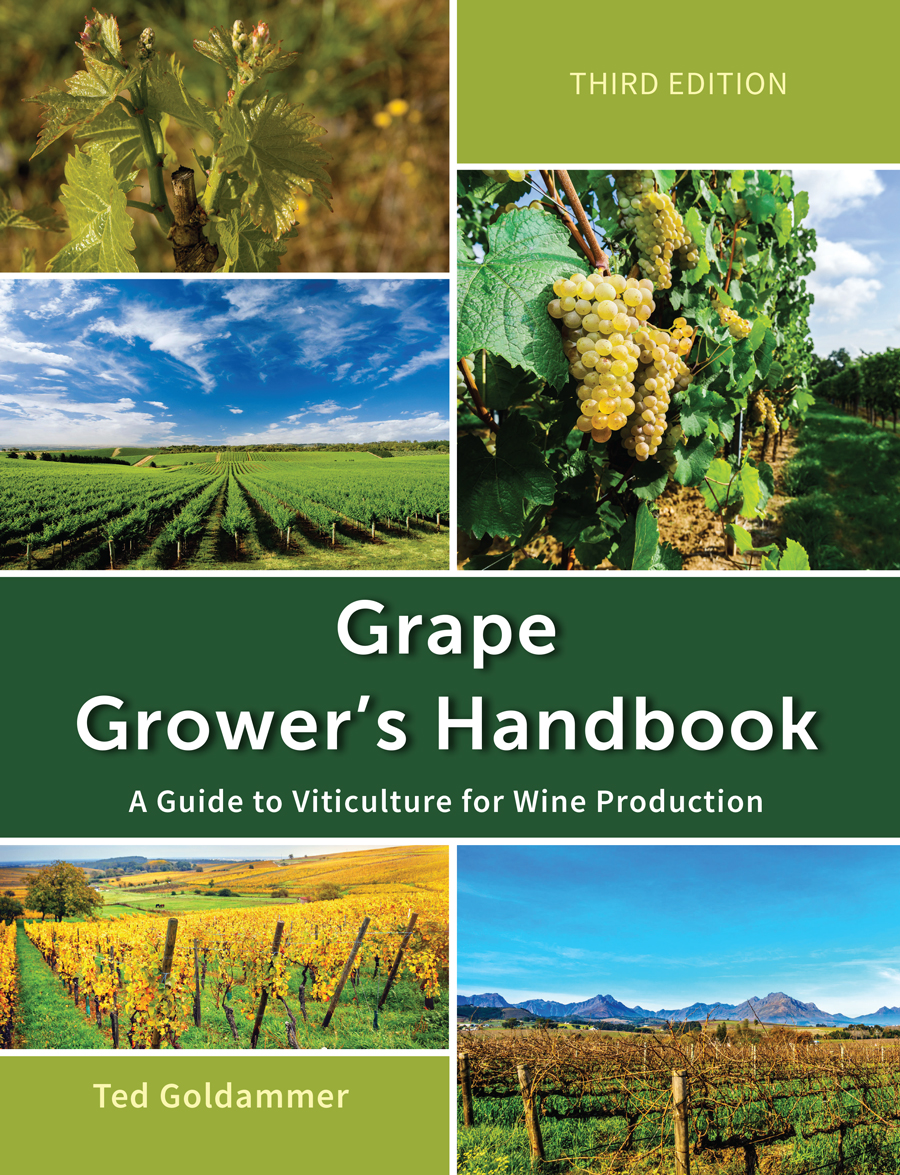Irrigation Scheduling of Grapevines
Di-Electric Soil Moisture Sensors
A relatively new technology for soil moisture measurement makes use of the dielectric constant, a physical property of materials. The dielectric constant of a material impacts the travel time of a highfrequency electromagnetic pulse passing through the material. The dielectric constant of soil and water are significantly different (soil = 3 to 7; water = 80). Two soil moisture measurement techniques take advantage of these differences in dielectric constant-time domain reflectometry sensors (TDR) and frequency domain reflectometry (FDR) sensors.
Time Domain Reflectometry (TDR)
Time domain reflectometry (TDR) works on the principle that the presence of water in the soil affects the speed of an electromagnetic wave (See Figure 12.2). The TDR sensor has a pair of parallel stainless steel rods spaced a known distance apart, usually about 2 inches (5 cm). The length of the rods determines the monitored soil volume: the device measures a cylinder the length of the probes with a diameter slightly greater than the spacing of the rods.
Frequency Domain Reflectometry (FDR)
Frequency domain reflectometry (FDR) uses radio frequency to measure soil capacitance using an access tube with either portable or buried sensors. It is necessary to ensure a very close fit between the walls of the access tube and the soil to ensure reliable values.
Click on the following topics for more information on irrigation scheduling of grapevines.

